Artificial intelligence (AI) is shaking up the world of visual content creation, with AI image generators taking center stage. These innovative tools, once considered niche or experimental, are now indispensable across industries, offering a faster, more efficient way to produce high-quality visuals. From personal passion projects to global marketing campaigns, AI is helping creators push boundaries and redefine visual storytelling.
When discussing the best AI image generator, tools like Google's ImageFX, Midjourney, and Stability AI's DreamStudio often come up, each excelling in areas such as overall quality, customization, or ease of use.
AI-powered image generators are evolving rapidly, enabling users to craft increasingly customizable, hyper-realistic visuals with just a few clicks. These technologies are now seamlessly integrated into platforms, making them accessible for a wide range of purposes, from social media posts to large-scale business applications. This transformation highlights AI’s growing influence on how visual media is shaped, consumed, and distributed.
Tech giants and startups alike are driving this innovation, continuously working to make AI image generation more versatile and accessible. As these tools mature, they’re unlocking exciting new opportunities for creators and businesses alike, fundamentally altering the visual content creation landscape.
In this article, we’ll explore the rise of AI image generators, key innovations, practical applications, and the profound impact they’re having on creative industries. By the end, you’ll understand how AI is sparking a new era of creativity in visual content production.
What are AI Image Generators?
Definition and Explanation of AI Image Generators
Text to image AI generators are a groundbreaking type of artificial intelligence technology designed to create custom visuals from text prompts. These sophisticated tools leverage machine learning algorithms to produce high-quality images that often rival those created by human artists. Whether for marketing campaigns, content creation, or personal projects, AI image generators are revolutionizing the way we create images. By simply inputting a descriptive text prompt, users can generate stunning visuals that meet their specific needs, making these tools invaluable in today’s fast-paced digital landscape.
How AI Image Generators Work
AI image generators operate through a fascinating blend of natural language processing (NLP) and computer vision techniques. When a user provides a text prompt, the AI algorithm meticulously analyzes the input and generates an ai generated image that aligns with the description. This process involves the AI model learning from a vast dataset of images, identifying patterns, and understanding the relationships between various elements within an image. As a result, the AI can generate new images that are not only visually appealing but also consistent in style and composition with the provided text prompt. This seamless integration of NLP and computer vision is what makes AI image generators so powerful and versatile.
Benefits of Using AI Image Generators
The advantages of using AI image generators are numerous and impactful:
-
Increased Efficiency: AI image generators can create high-quality images in mere seconds, significantly reducing the time and effort compared to traditional methods.
-
Improved Accuracy: These tools generate images with remarkable accuracy and detail, minimizing the need for extensive manual editing and retouching.
-
Enhanced Creativity: AI image generators open up new avenues for creativity, allowing users to explore unique ideas and concepts that might not be possible through conventional means.
-
Cost-Effective: By eliminating the need for expensive software and equipment, AI image generators offer a more budget-friendly solution for producing professional-grade visuals.
Capabilities of AI Image Generators
AI image generators have revolutionized the way we create visual content. With their advanced capabilities, users can generate high-quality images from text prompts, customize styles and options, and even compare features and capabilities. In this section, we’ll explore the capabilities of AI image generators and what they can do.
Create Images from Text
One of the most impressive capabilities of AI image generators is their ability to create images from text prompts. Users can input a text prompt, and the AI model will generate an image that matches the description. This capability has opened up new possibilities for content creation, marketing, and personal projects. Whether you’re looking to create images for a blog post, social media campaign, or personal artwork, AI image generators make it easy to bring your vision to life with just a few words.
Generate AI Images with Custom Styles and Options
AI image generators also allow users to customize styles and options to generate unique images. Users can choose from various artistic styles, such as Surrealism, Cubism, and Impressionism, and even adjust the aspect ratio, color palette, and lighting of the image. This level of customization enables users to create images that match their specific needs and preferences. Whether you want a vibrant, colorful image or a more subdued, monochromatic look, AI image generators provide the tools to achieve your desired aesthetic.
Industries Transformed by AI Image Generators
AI image generators have revolutionized various industries, including marketing, advertising, graphic design, and entertainment. These tools have enabled businesses to create high-quality visuals quickly and efficiently, reducing the need for extensive design or artistic skills. In the marketing industry, AI image generators have transformed the way companies create social media content, product images, and advertising materials. In the entertainment industry, AI image generators have been used to create stunning visuals for movies, TV shows, and video games.
Creative Design Solutions for All
AI image generators have democratized access to creative design solutions, making it possible for anyone to create stunning images without requiring extensive design or artistic skills. These tools have opened up new opportunities for small businesses, entrepreneurs, and individuals to create high-quality visuals for their marketing materials, social media, and personal projects. With AI image generators, users can create images that are tailored to their specific needs and preferences, without having to rely on expensive design agencies or freelance designers.
Supercharge Your Creativity Flow
AI image generators can supercharge your creativity flow by providing a new source of inspiration and ideas. These tools can help you generate images that are unique and innovative, and can even assist you in exploring new styles and techniques. By using AI image generators, you can tap into the power of artificial intelligence to unlock new creative possibilities and take your design skills to the next level.
The Evolution of AI Image Generators
The evolution of AI image generators has been transformative. Initially grounded in research around generative adversarial networks (GANs), these tools have greatly expanded in capability, becoming central to the revolution in visual content creation. Companies like Amazon and Meta, alongside innovative startups, are leading the charge in advancing AI-generated imagery.
Amazon, for example, has made significant strides in using AI to generate product images for e-commerce. This allows businesses to create customized visuals that captivate potential buyers, driving higher engagement and sales. Meta, through platforms like Instagram and Facebook, has also integrated AI-driven image generation tools, enhancing how users interact with visual content.
In addition, startups like Black Forest Labs are emerging as key players, pushing the boundaries of AI image generation. Platforms such as DALL-E and MidJourney are empowering creators by turning simple text inputs into vibrant visuals, opening up new possibilities in branding and design. Among the best AI image generators, tools like DALL·E 3, Midjourney, and Stable Diffusion stand out for their ease of use, quality of output, and unique features.
AI-generated images are increasingly being integrated into social platforms like Snapchat, where creative tools are enhancing user interaction. Businesses can now produce high-quality visuals at unprecedented speeds, transforming how brands communicate and market themselves.
AI Image Generator Tools
Several AI image generator tools have gained popularity for their ability to produce high-quality images and offer a range of customizable features:
1. Adobe Firefly
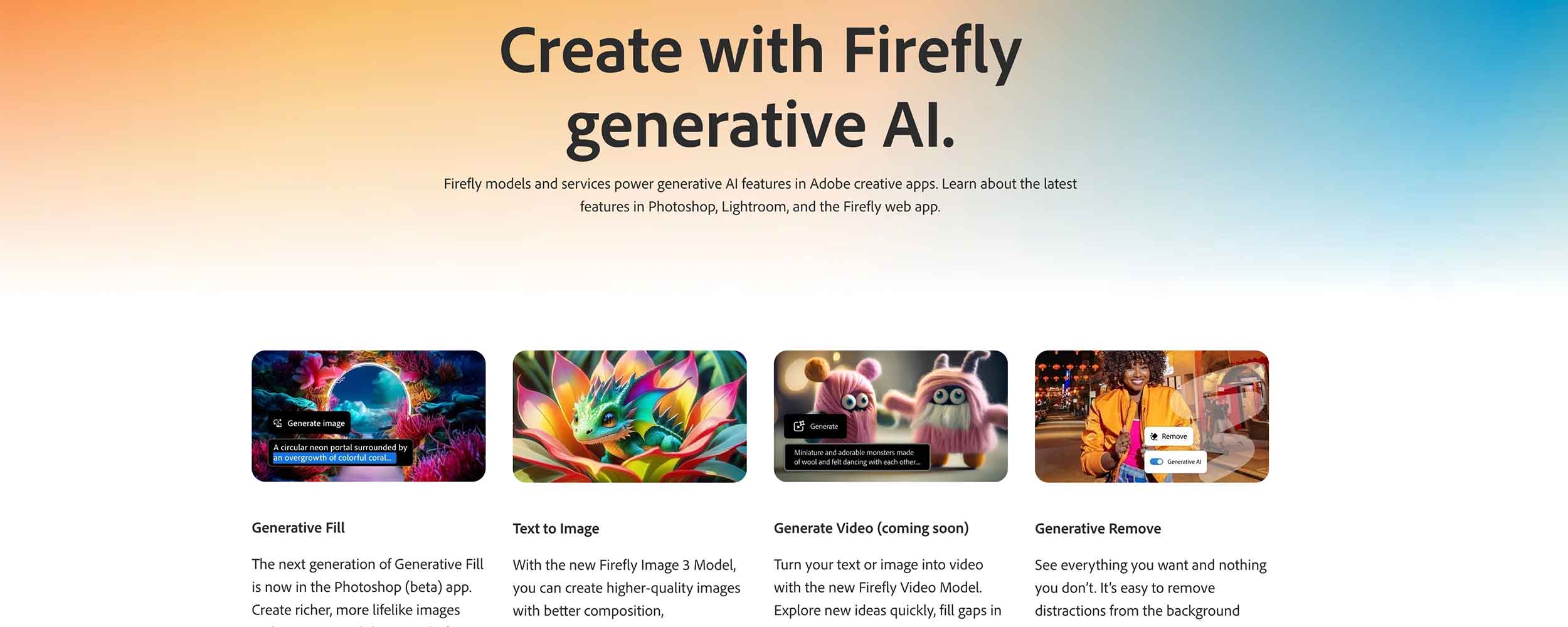
Adobe Firefly is part of Adobe's growing suite of generative AI tools, and it uses the powerful Firefly Image 3 model. This model is known for delivering higher-quality images, with a focus on accuracy in prompt interpretation and detailed text-to-image synthesis. Firefly’s advanced AI algorithms support creativity and precision, enabling users to generate stunning visuals tailored to their needs. Firefly stands out for its seamless integration with Adobe’s existing creative suite (like Photoshop and Illustrator), offering creative professionals the tools they need to streamline their workflows while maintaining high levels of artistic control and flexibility. This makes Firefly a popular choice among professional designers, illustrators, and creative marketers.
2. Google’s ImageFX
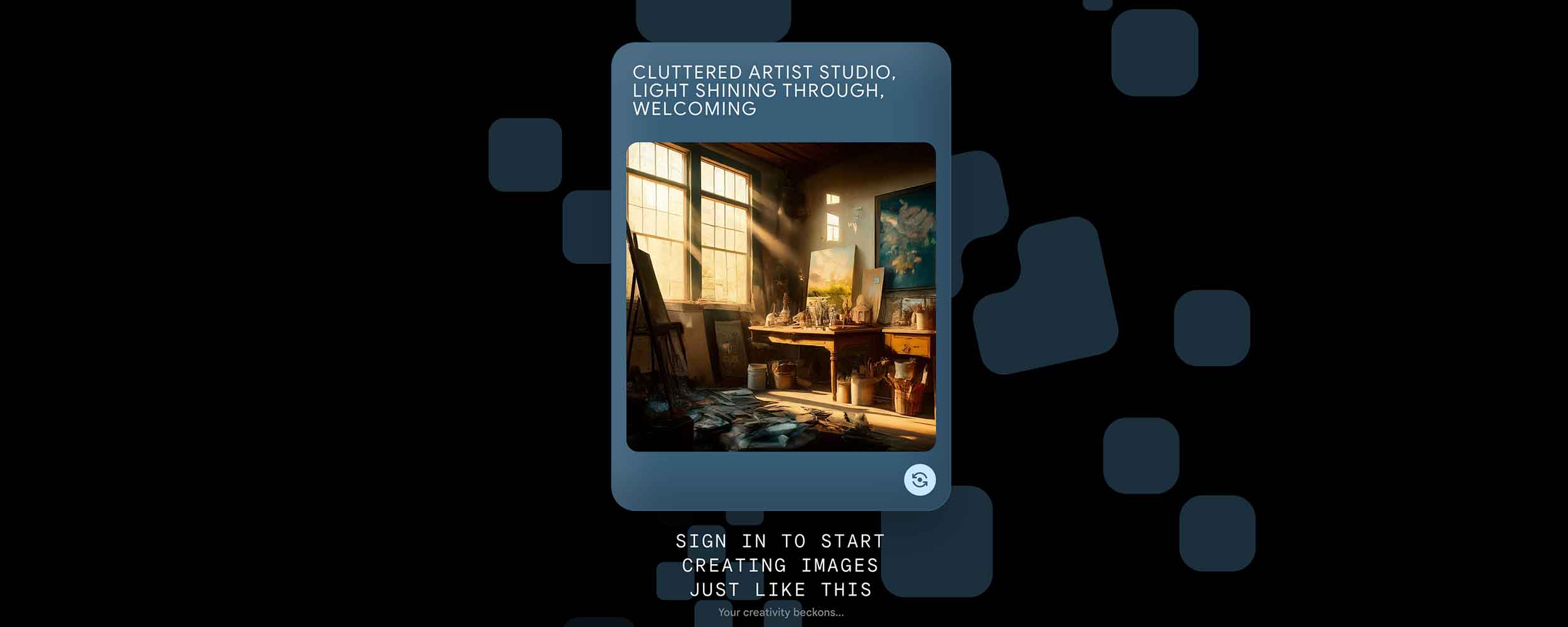
Google’s ImageFX is an accessible AI-powered image generator designed to transform text prompts into realistic images. As part of Google's suite of AI tools, ImageFX offers a free, easy-to-use platform that caters to both casual users and professionals. This tool excels in producing high-quality visuals and making them available to the broader public without the typical financial barriers associated with premium image generators. It is ideal for those who need quick and efficient visual assets for projects such as presentations, social media content, and websites. Furthermore, Microsoft's Designer's Image Creator, integrated with DALL-E 3, also supports this category by providing an AI-driven design tool that integrates intuitive chat functions, enhancing accessibility for non-designers.
3. Midjourney
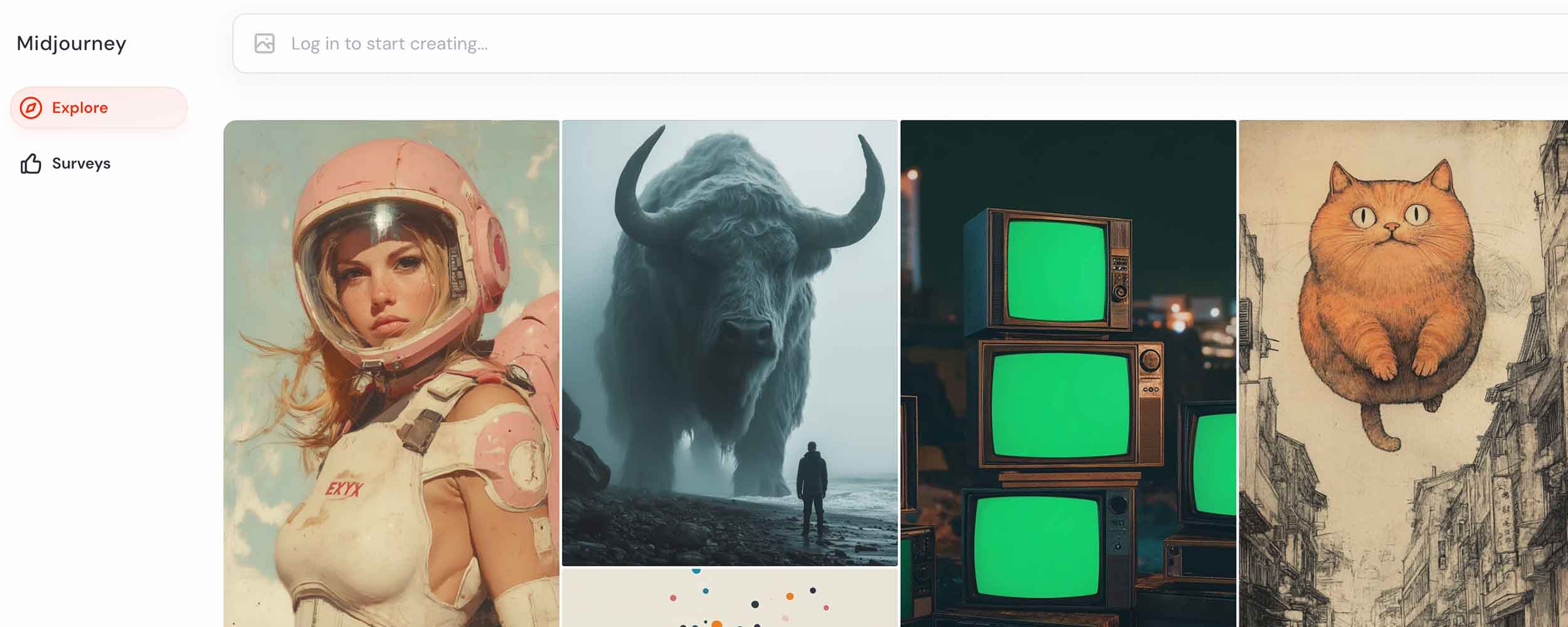
Midjourney is one of the most popular AI image generation platforms today, utilizing a Generative Adversarial Network (GAN) to create visually striking, creative images. Known for its artistic flair, Midjourney excels in delivering unique, high-quality images that often feel like they were hand-crafted by a professional artist. Its sophisticated AI model can interpret complex text prompts and translate them into detailed, imaginative visuals, making it a favorite among digital artists, game developers, and content creators who require originality and creativity in their visuals. Midjourney's success lies in its ability to push the boundaries of creativity while maintaining visual quality and detail.
4. Ideogram

Ideogram specializes in generating images based on text prompts, making it a powerful tool for content creators, marketers, and designers who need to visualize concepts quickly and efficiently. Its user-friendly interface makes it accessible for users of all skill levels, while the AI model behind it provides high-quality, professional-looking images. Ideogram shines in its ability to cater to users seeking a balance between ease of use and creative flexibility, allowing them to turn ideas into compelling visual content. The intuitive design and rapid processing times ensure that users can generate visuals in real-time, which is particularly useful for fast-paced environments like advertising and social media marketing.
5. stability.ai
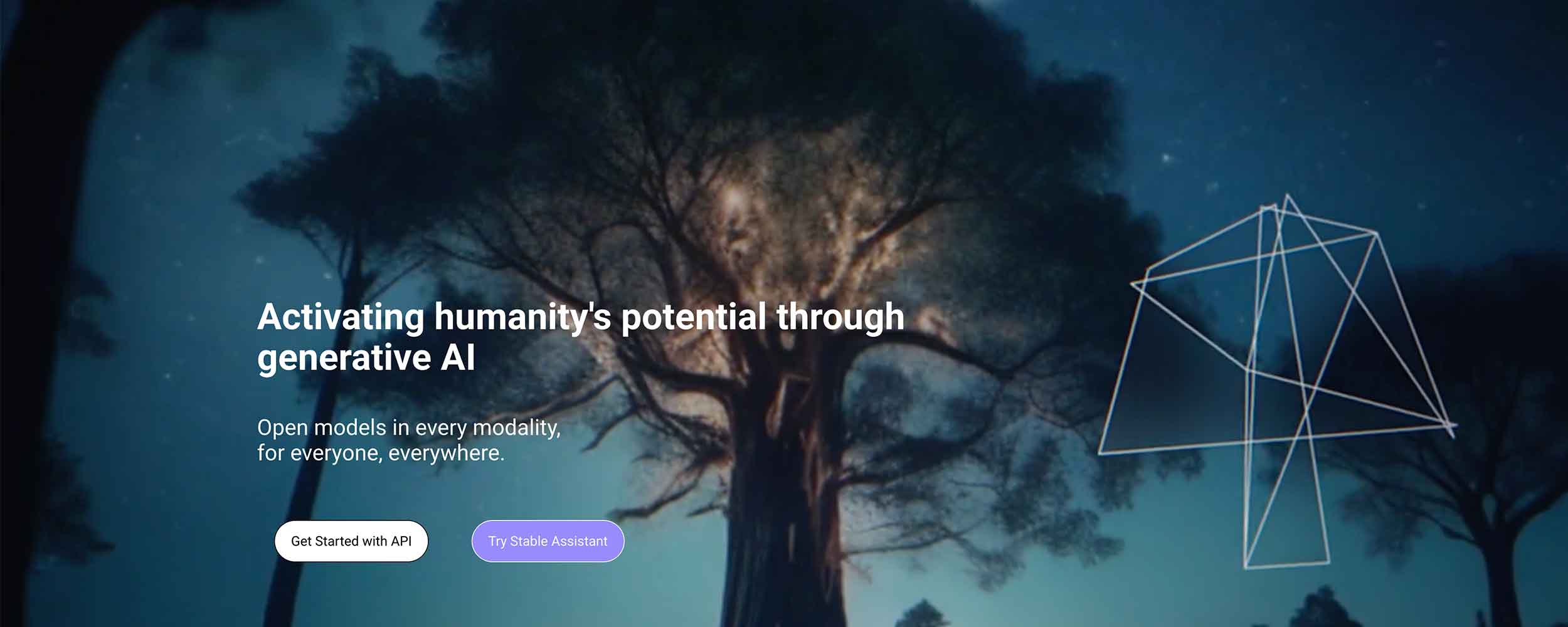
stability.ai employs a diffusion model, which is an advanced AI technique designed for generating high-quality images. Diffusion models differ from GANs by incrementally refining random noise into an image, resulting in detailed and often aesthetically superior outputs. stability.ai is particularly useful for creators and designers seeking intricate visual effects and high-definition graphics. Its unique approach offers a fresh perspective in the AI image generation space, providing more detailed and artistic control to the user. It's also designed for scalability and is becoming a notable player in the open-source community, making it ideal for professionals who prioritize quality without compromising on technical complexity.
6. Craiyon
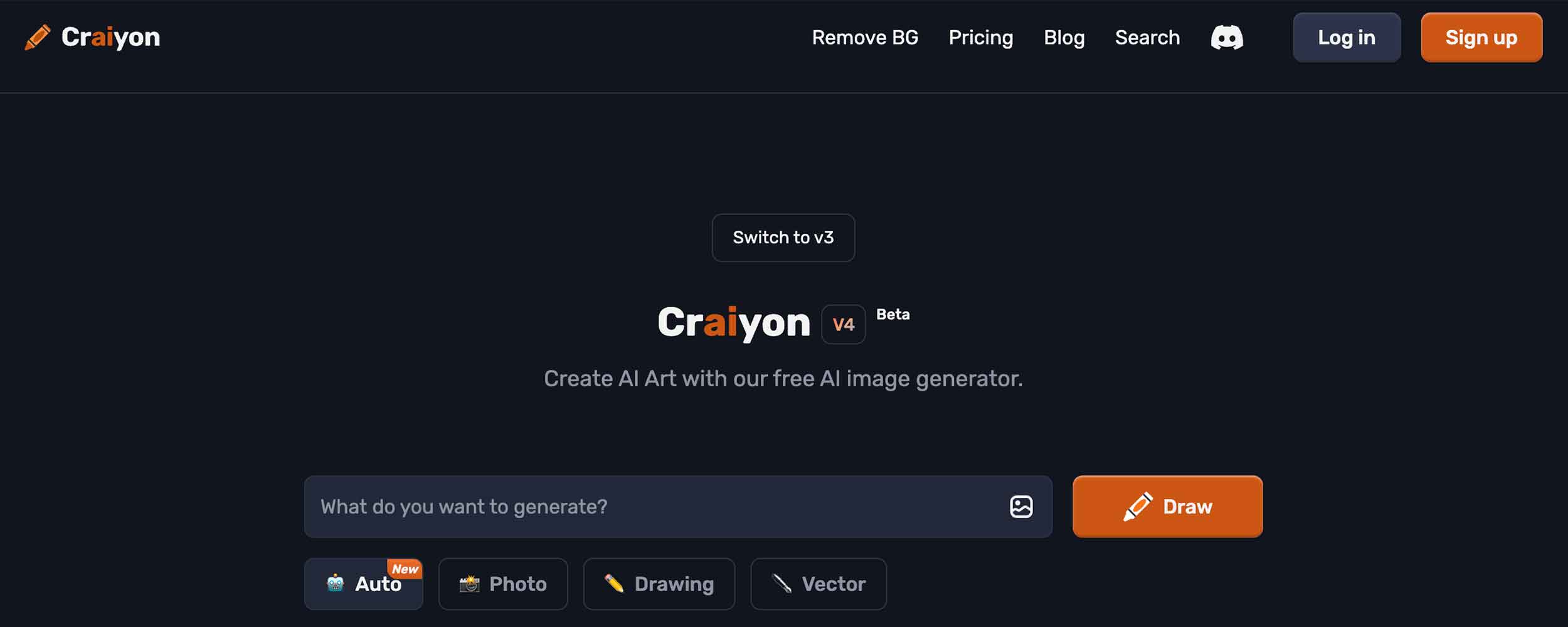
Formerly known as "DALL-E Mini," Craiyon is an open-source AI image generator that uses GAN technology to create a wide range of images from text prompts. This tool offers a versatile platform for experimenting with different styles, compositions, and visual ideas. Craiyon is popular among creative professionals who want to explore different artistic styles and generate quick prototypes or rough concepts. Being open-source, it allows for a significant degree of customization, and it’s commonly used by educators, hobbyists, and indie artists who prefer a hands-on approach to AI-generated art.
These tools provide a wide array of features, from generating high-quality images to customizing styles and settings, ensuring that users can achieve the desired results with ease and efficiency.
Comparison of Features and Capabilities
When choosing an AI image generator, it’s essential to compare the features and capabilities of different tools. Some AI image generators may offer more advanced features, such as the ability to generate 3D objects or videos, while others may have more user-friendly interfaces. By comparing the features and capabilities of different tools, users can choose the best AI image generator for their needs. Consider factors such as the quality of images, customization options, ease of use, and additional functionalities to find the tool that best suits your requirements.
How to Use an AI Image Generator
Using an AI image generator is a straightforward process that requires minimal technical expertise. In this section, we’ll provide a step-by-step guide to generating AI images.
Step-by-Step Guide to Generating AI Images
-
Choose an AI Image Generator: Select an AI image generator that meets your needs and preferences. Consider factors such as the quality of images, customization options, and user interface. Popular options include Adobe Firefly, Google’s ImageFX, and Midjourney.
-
Input a Text Prompt: Input a text prompt that describes the image you want to generate. The more specific and descriptive the prompt, the better the results will be. For example, instead of “a cat,” try “a fluffy white cat sitting on a red velvet cushion.”
-
Customize Options: Customize the style, aspect ratio, color palette, and lighting of the image to match your specific needs and preferences. Many AI image generators offer a range of artistic styles and settings to choose from.
-
Generate the Image: Click the “Generate” button to create the image. The AI model will process the text prompt and generate an image that matches the description. This process usually takes just a few seconds.
-
Refine and Edit: Refine and edit the image as needed. Some AI image generators may offer additional features, such as the ability to upscale or edit the image. Use these tools to perfect your generated image and ensure it meets your expectations.
By following these steps, users can generate high-quality AI images that meet their specific needs and preferences. Whether you’re a marketer, designer, or hobbyist, AI image generators provide a powerful and accessible way to create stunning visuals.
Tips for Getting the Best Results
To get the best results from AI image generators, it’s essential to provide detailed and descriptive text prompts. The more specific your input, the more accurate and visually appealing the generated images will be. Here are some tips for getting the best results:
- Use specific keywords and phrases to describe the image you want to create.
- Provide context and background information to help the AI model understand your vision.
- Experiment with different styles and techniques to find the one that works best for you.
- Refine your results by adjusting the settings and parameters of the AI image generator.
AI Image Generators in Social Media: Snapchat and Instagram
AI is transforming how users engage with visual content on social media, with Snapchat and Instagram being two of the key platforms embracing this change.
Snapchat, for instance, has introduced a watermarking feature for AI-generated images, ensuring transparency and helping users distinguish between real and AI-created content. While still in its rollout phase, this policy is a proactive measure to address concerns about authenticity and originality in digital content. The feature has already gained traction, reflecting the platform's ability to adapt to the growing influence of AI in creative spaces.
Instagram, part of Meta, is also leveraging AI to boost creativity. The platform is integrating AI tools to enhance the user experience, allowing for new forms of content creation. For marketers and creators, this means more opportunities to produce unique, engaging visuals that captivate audiences in dynamic ways. Meta's focus on AI-powered tools, such as those for group chats and content creation, underlines the company's commitment to integrating AI into the social media ecosystem.
For brands, AI-generated images offer new opportunities to create customized, high-impact visual content. The speed and flexibility of AI tools empower marketers to run more efficient, targeted campaigns, reaching audiences in innovative and visually compelling ways.
As AI continues to become an integral part of social media, it is not only transforming user engagement but also reshaping how businesses approach digital marketing. The technology is evolving from a novelty to a standard tool, helping both individuals and brands thrive in the rapidly changing digital landscape.
AI for Business and Marketing: Opportunities and Applications
AI image generators are changing the way businesses approach visual content, particularly in marketing and advertising. These tools streamline the production of stunning visuals, drastically reducing the time and resources required compared to traditional methods.
Users can easily generate AI images using tools like Firefly by inputting text prompts to create their own images. These AI-generated images are highly valuable in professional settings, such as for creating marketing materials or social media content.
A major advantage of AI image generators is automation. Platforms like Zapier and HubSpot are integrating AI tools that allow businesses to generate high-quality, personalized images on demand. This automation enables businesses to scale their visual content strategies, producing consistent and engaging visuals for blogs, social media campaigns, and product launches.
Zapier’s AI tools, for example, allow companies to create multiple versions of a visual asset for A/B testing, enabling real-time optimization of marketing campaigns. Similarly, HubSpot‘s use of AI-generated visuals has leveled the playing field for smaller businesses, allowing them to compete with larger brands by producing professional-grade content without a massive creative team.
Amazon has also adopted AI-driven tools that enhance product imagery, allowing customers to interact with visuals in more personalized and engaging ways. This innovation is transforming the online shopping experience and driving higher customer satisfaction.
AI-powered image generators provide businesses with creative flexibility that was previously unimaginable, allowing for experimentation with different designs and enabling companies to create standout content in crowded markets. The business applications of AI image generation are vast, offering brands a competitive edge in creating fast, visually striking content that captures attention and drives engagement.
The Role of Marketplaces: Generative AI Platforms like Civitai
Generative AI platforms such as Civitai are playing a pivotal role in democratizing access to AI-generated visuals. By providing a marketplace where creators can generate, buy, and sell AI-generated content, platforms like Civitai are opening up new revenue streams for artists and new opportunities for businesses to access high-quality visuals.
For creators, these platforms offer a way to monetize AI-generated images, allowing them to profit from their work in innovative ways. For marketers and businesses, platforms like Civitai provide access to an extensive library of customizable assets, significantly reducing the time and cost associated with creating new content.
The creativity and diversity of images generated by AI image generators are remarkable, showcasing various scenes from natural landscapes to whimsical and surreal settings.
However, this rapid growth in AI-generated content has raised ethical concerns, particularly around intellectual property. As AI-generated visuals become more common, platforms like Civitai will need to balance the encouragement of creativity with the protection of creators’ rights, as the legal landscape surrounding AI-generated content continues to evolve.
Ethical Considerations and Intellectual Property Challenges
As AI-generated content proliferates, ethical and legal questions regarding ownership, originality, and transparency are coming to the forefront. Many AI tools rely on vast datasets to generate content, raising concerns about the rights of original creators whose work may have been included in these datasets.
One of the biggest challenges is ensuring proper attribution and compensation for artists whose work may be used in the training of AI models. Some platforms, such as Snapchat, have introduced transparency measures like watermarks for AI-generated images, but this is only a starting point. The debate over whether AI-generated images can be considered "original" or if they infringe on copyright law is ongoing and will likely require new legal frameworks.
Moreover, the potential for misuse of AI-generated content, such as creating hyper-realistic but false visuals, poses a significant risk in terms of misinformation. Companies like Meta will need to implement safeguards to ensure that AI tools are not used for malicious purposes.
As generative AI platforms grow, it will be essential to balance creative freedom with intellectual property protections. The legal and ethical questions raised by AI image generators need careful attention to ensure that creators, businesses, and users alike can navigate this new digital landscape responsibly.
Future Trends in AI Image Generation
The future of AI image generation promises to be exciting. Social media platforms like Meta are already incorporating real-time image generation into everyday interactions, adding new levels of personalization to digital communication.
In industries like e-commerce, entertainment, and architecture, AI-generated visuals are poised to play a transformative role. Amazon's real-time product visual customization, for example, is reshaping the online shopping experience, offering personalized visuals that improve decision-making. Additionally, AI-driven image generation is set to revolutionize fields like fashion, where designers can quickly iterate on new concepts, and architecture, where AI can streamline the design process.
Looking ahead, AI tools will continue to empower creators to collaborate in new ways, experiment with large-scale design projects, and push the boundaries of visual storytelling. As these tools evolve, they are poised to redefine industries and expand the possibilities of visual content creation.
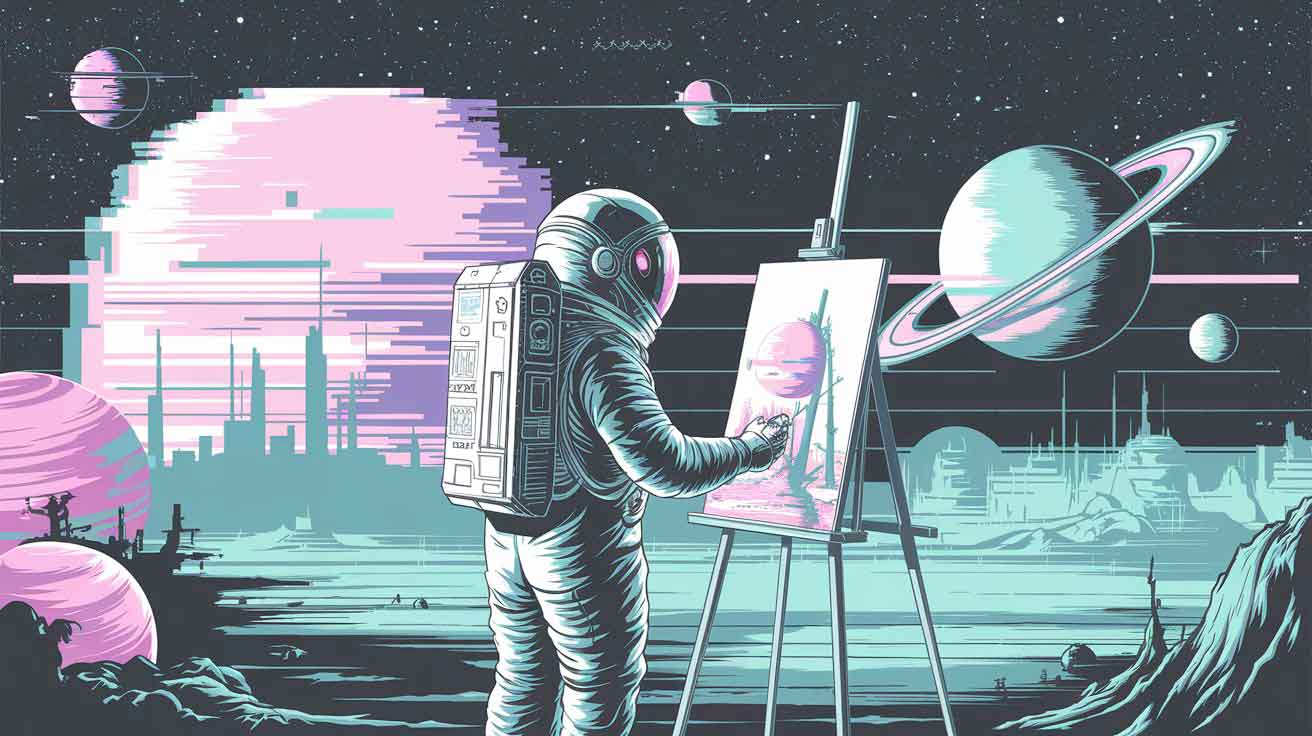
Conclusion
Recap of the Benefits and Capabilities of AI Image Generators
AI image generators have revolutionized the way we create images, providing a powerful tool for businesses, entrepreneurs, and individuals to create high-quality visuals quickly and efficiently. These tools have democratized access to creative design solutions, making it possible for anyone to create stunning images without requiring extensive design or artistic skills. With AI image generators, users can create images that are tailored to their specific needs and preferences, and can even tap into the power of artificial intelligence to unlock new creative possibilities.
By using AI image generators, users can:
- Create high-quality images quickly and efficiently
- Democratize access to creative design solutions
- Tap into the power of artificial intelligence to unlock new creative possibilities
- Experiment with different styles and techniques
- Refine their results by adjusting the settings and parameters of the AI image generator
Overall, AI image generators have transformed the way we create images, providing a powerful tool for businesses, entrepreneurs, and individuals to create high-quality visuals that are tailored to their specific needs and preferences.
The New Age of Visual Content Creation
AI image generators are reshaping the landscape of visual content creation. From tech giants like Amazon and Meta to platforms like Civitai, these tools are democratizing creativity, making it easier than ever for individuals and businesses to create high-quality visuals at scale.
However, with this new age of content creation comes new challenges. Ethical considerations around ownership, transparency, and misinformation will need to be carefully addressed as AI becomes more deeply integrated into creative industries.
As we move into the future, AI-generated imagery holds immense potential. By using these tools responsibly, we can unlock new opportunities for creativity, efficiency, and engagement, ushering in a new era of visual innovation.
References
- TechCrunch: Andreessen Horowitz Backs Civitai, A Generative AI Content Marketplace with Millions of Users
- TechCrunch: Meta AI Adds Reels Support and Reimagine, A Way to Generate New AI Images in Group Chats
- TechCrunch: Snap Plans to Add Watermarks to Images Created with Its AI-Powered Tools
- TechCrunch: Amazon Upgrades Its AI Image Generator
- TechCrunch: Meet Black Forest Labs, the Startup Powering Elon Musk's Unhinged AI Image Generator
- Zapier: Automate AI Images
- HubSpot: AI Images
- Giselle: AI in Content Creation: Innovations, Challenges, and What’s Next
- Giselle: Generative AI: Unlocking the Future of Business Productivity and Economic Growth
Please Note: This content was created with AI assistance. While we strive for accuracy, the information provided may not always be current or complete. We periodically update our articles, but recent developments may not be reflected immediately. This material is intended for general informational purposes and should not be considered as professional advice. We do not assume liability for any inaccuracies or omissions. For critical matters, please consult authoritative sources or relevant experts. We appreciate your understanding.
